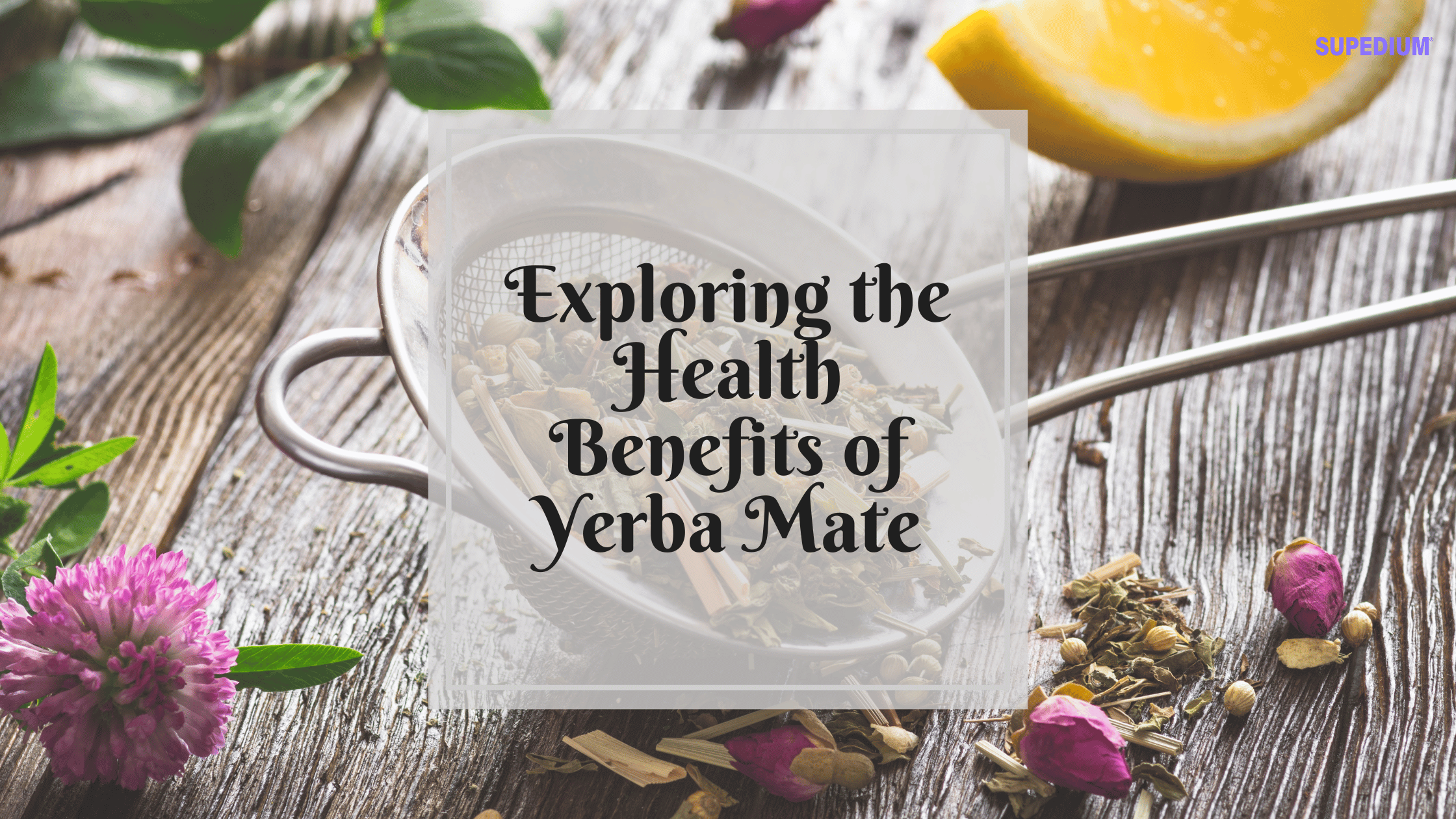Table of Contents
![]()
Known before 1972 as Ceylon, the island of Sri Lanka lies 19 miles in India’s shore. Blessed with diversity and trade winds, hills in the south offset the tropical climate. Now, Sri Lanka is the world’s fourth-largest tea manufacturer and its renowned leaves (still known as “Ceylon”) are cherished because of their flavor and consistent quality.
History
Until the 1860s a tea plantation wasn’t in Sri Lanka. Coffee, the cash crop of the island nation, dominated agriculture. It was about this time that a Scotsman working on a coffee plantation, James Taylor, began creating plants. He began with cinchona (a South American shrub, the bark of which can be used to generate quinine) and shortly acquired tea seeds in the Royal Botanical Gardens of Peradeniya.
For decades, Taylor committed himself to practice the numerous procedures of tea cultivation and processing (the first tea crops of his Loolecondera mansion are, unexpectedly, still generating) he’d heard from Indian tea drinkers. This is experimentation that may have been lost to history. In 1869, hemiplegia vastatrix, a fungus, invaded Ceylon’s coffee areas, producing the harvest defunct and wiping out plantations.
Crops were hunted by coffee farmers falling ruin the tea experimentation, one of them at Loolecondera. When he met Thomas Johnstone Lipton vacationing on the isle, with a grocery mogul Taylor, who had become renowned was constructing a mill. Lipton was considering selling the user tea and cutting out the middleman. It was a luxury, from reach for the class to an untapped market.
The coffee plantations around the isle currently sold for a tune. Lipton started converting them installing machines for high volume manufacturing and purchased four. Able to restrain the supermarket baron committed his energies, quality, and cost. Bright tins, teabags (a relative innovation) and the motto “Straight in the tea gardens into the teapot”.
From 1872, two unassuming crates packed with “Ceylon Tea” had arrived at London for auction. There were only a million tea plantations in Ceylon, which number. In the 1893 Chicago World’s Fair, the Lipton firm distributed a million of its tea packets. Its title had been solidified by Ceylon in the realm of tea and big companies started buying farms up, mixing them.
From 1971 firms owned over 80% of tea plantations. The Sri Lankan government nationalized the vast majority of plantations This year. In 1990, a plan started to businesses in handling the plantations. Doubt and this upheaval took its toll. The island dropped to number eight as teas from the world’s biggest manufacturer out of its standing.
After failing to compete at the creation of CTC teas with Kenya and India estates are switching back to procedures. With tea manufacturing, it is probably Sri Lanka that will drop behind in amounts but differentiate itself through quality and convention. Sri Lanka is among tea and exports most of its crop Now.
Culture
Since the climate allows for continual harvesting Sri Lanka is a state of origin. The island includes microclimates that are striking perfect for tea production. Tea in Sri Lanka is categorized by altitude: high, moderate or low. Each differs, developing a variety to get a nation that produces only tea.
The government of Sri Lanka is significantly engaged in grading criteria (quite like those of India’s) as well as the manufacturing quality of industrial farms. An organization known as the Sri Lanka Tea Board performs strict inspections of could be “Ceylon” teas, emblazoning genuine goods using a Lion emblem.
Remarkable Sri Lankan Teas
Pahat Rata
“Low Country” (Sea Level-2,000 feet) Teas increased in the plains and foothills of Sri Lanka produce full-bodied, vibrant and hearty cups of java, ideal for sugar and cream. The leaves are fuller, bigger and wiry in appearance. In the last few decades, a beautiful silver-tipped tea in the Ratnapura area has increased in popularity in the U.S.
Metadata
“Midland” (2,000-4,000 feet ) – Much like James Taylor’s first tea garden at Loolecondera, these medium-altitude teas are inclined towards the moderate and full-bodied using a refreshing citrusy tang, lively fruity notes and balanced astringency. Our Ceylon Sonata (in Taylor’s Kandy area) is a classic instance of this well-loved tea kind. Instance Ceylon Sonata.
Udarata
“High Country” (over 4,000 feet) The greater altitude teas from Uva, Dimbula and Nuwara Eliya can resemble a Darjeeling using their gold liquors and refreshing, sweet scents. The vivid leaf that is dry can seem hues of teas. Like Ceylons, these lean much more toward a note the touch of a Darjeeling, compared to a grape. Pleasantly crisp, medium-bodied and floral – the day cup of java.
Share This




Be the first to comment